When you buy something new, it’s already been around for a while. By that, we mean that the product started as an idea, was created using materials and labor and was transported to the retail location in which it can be purchased. The steps to getting the product to you are the manufacturing process.
The manufacturing process is often taken for granted, but not by manufacturers. They understand the time and effort that goes into making the most complex or simple project. Let’s take a moment to look at the big picture of manufacturing, and then zero in on what the manufacturing process is.
What Is Manufacturing?
Manufacturing is the production of a product by processing raw materials. This is accomplished through human labor, the use of machinery and industrial processes. Manufacturing can be on a large scale, or it can make the pieces that are assembled to build automobiles, airplanes, household appliances and more.
During the manufacturing process, these raw materials are modified to deliver the finished goods. There is, obviously, not one manufacturing process to take you from beginning to end. There are many. Some processes are intermediate and make components that undergo another manufacturing process to build the finished product.
Whatever process you use when manufacturing your product, you can do it more efficiently when you use software. ProjectManager is online work and project management software that automates workflows to streamline your processes and maintain quality. Best of all, you can use it on any of the multiple project views, such as the dynamic Gantt chart to schedule production, manage inventory, track progress and more. Get started for free today.
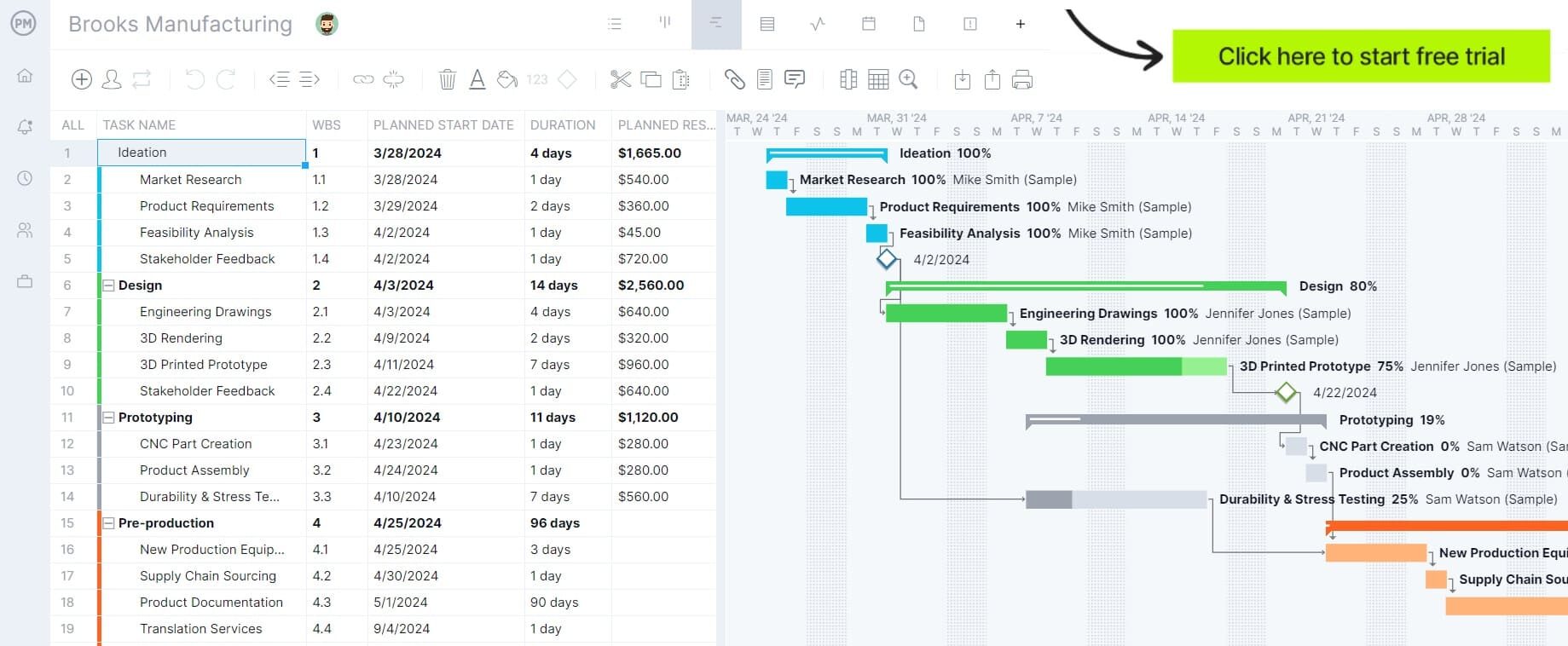
Steps of the Manufacturing Process
While there are many manufacturing processes, they must all follow a shared path from idea to finished product. What are the steps that take an idea and turn it into a reality? It’s not an easy trip, but these eight steps help make it possible:
Develop the Product Vision
The product vision is the seed the finished goods will grow from. Even if you don’t have an idea, you can develop one by brainstorming with your team. Things you’ll want to discuss include:
- Who is the target audience?
- What size is the market?
- Is there a need for the product or does it solve a problem?
- Will you outsource part or the entirety of the manufacturing process?
- Are there competitors and, if so, who are they?
- Are there trends around similar products?
- Do you have the funding necessary to make the product?
- What’s your product roadmap?
Related: 10 Free Manufacturing Templates for Excel
Research the Vision
Once you have a product vision, you need to do some deep research before devoting the time and money necessary to manufacture your product. Part of the research is exploring the questions asked in the first step. For example, if there’s a product on the market that will compete with yours, ask yourself:
- Is my product better?
- Will consumers have a different experience with your product over the competition?
- How does your project improve what is already available?
- How do you intend to market your product?
- Should you use contract manufacturing?
Design the Product
With the idea and the research behind you, next is product development. You should always keep the end user’s needs at the forefront and make sure your product is user-friendly. Some things to keep in mind during this step are the function of your product, such as how it’ll be used, what resources are needed to make it and its lifespan.
Along those lines, will you have a warranty, how much will it cost to manufacture while allowing you to make a profit and will it need accessories or batteries? Also, don’t forget about designing the packaging, too.
Then, you should go through the value engineering process to find the right balance between product features, cost and the value perceived by the customer to design a cost-effective product that meets the customer needs.
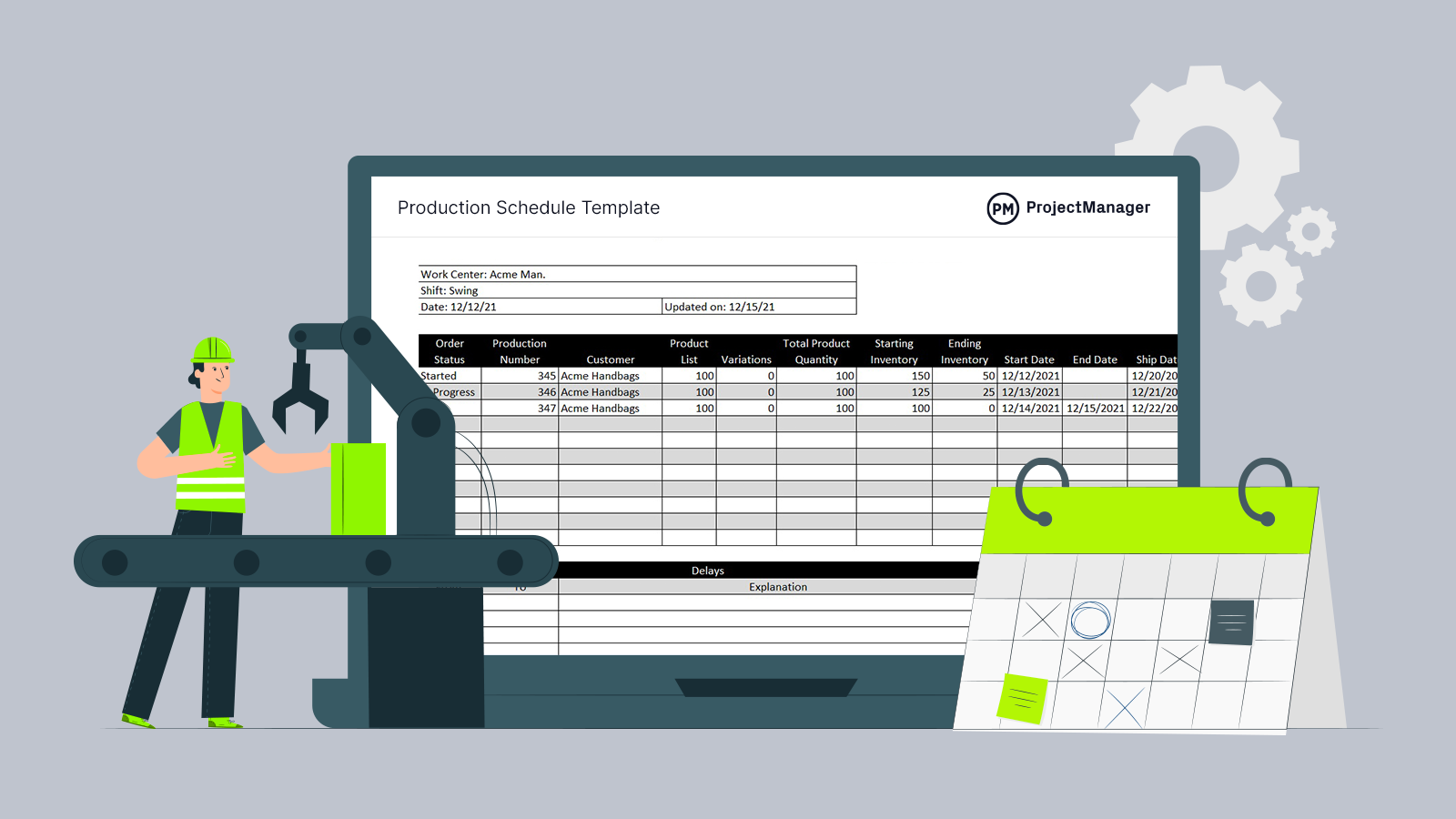
Get your free
Production Schedule Template
Use this free Production Schedule Template for Excel to manage your projects better.
Finalize the Design
Once you’ve answered the questions in the previous step, you can begin to create a final design of your product. At this point, there can’t be any gray areas. If you still have questions or user stories that have not been fully answered, then it’s here where you’ll need to come up with concrete answers to them. At this point, you’ll also need to create a bill of materials so you can gather the resources necessary for manufacturing your project or a working prototype.
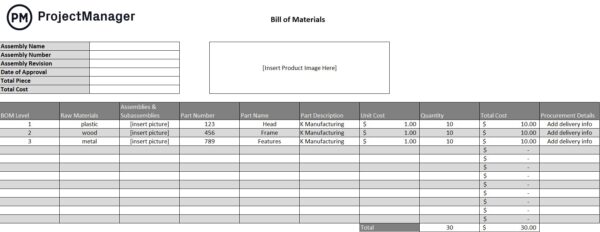
Make a Prototype
Before you can move into manufacturing the product at scale, you need to test your prototype to make sure it works and meets the needs of your target audience. Better to find the kinks in the design and smooth them out at this point than when you’re in mass production of the final product. Be thorough, the worst thing is to have to stop production to fix an issue that you could have resolved during the test stage.
Manufacture the Product
Once testing has been completed to your satisfaction, you can begin the manufacturing process planning stage. This is when you’ll develop a plan to start manufacturing the product, which will include all the details about the raw materials, parts and components as well as the assembly process that will be followed.
Get Feedback and Do More Testing
Before you release your product on the marketplace, you need to get feedback or do further testing to ensure that you’re delivering the best possible product from a quality control perspective. Feedback can come from focus groups, but also from your team, friends and family. The more, the better. If you can improve the product, do so before the official release. Be sure to listen and ask questions without leading people to get the most honest responses.

Official Release
After all that work, you’re ready to release the product on the market. This should be done with a product marketing campaign to let your customers know about your product and why they will want one. This can be done through various channels, from press releases to public launches, social media and more traditional media platforms.
Manage Your Manufacturing Operations
Congratulations, you’ve manufactured a product and are ready to begin its commercialization. However, the manufacturing process doesn’t end there. Now it’s time to make sure you can keep producing it over time. This involves managing your suppliers, your production facilities, employees, inventories and much more. The process of managing all these areas is known as manufacturing operations management. Quality control is one of such areas that need to be permanently monitored. To do so, create a control plan to monitor the production processes and identify any quality issues.

Free Production Schedule Template
To help you navigate your manufacturing processes, try our free production schedule template. It will help you track production, customer orders, inventory and key dates. Download yours today.

5 Types of Manufacturing Processes
In general, you can divide the manufacturing process into five types. Manufacturing has come a long way since the assembly lines and noisy machinery. These processes are found in industries as varied as food manufacturing, textile product mills, apparel manufacturing, wood product manufacturing, chemical manufacturing and computer and electronic product manufacturing.
1. Repetitive Manufacturing
This is for manufacturing that runs all day and night, all year round, producing the same or similar product. There is little setup and changeover and production speed can be sped up or slowed down as needed to meet demand.
2. Discrete Manufacturing
Here is another assembly or production line type of manufacturing. Because the products can be similar or different in design, there are various setups and frequent changeovers. Discrete manufacturing can be found in factories that make automobiles, furniture, airplanes, toys and smartphones.
3. Job Shop Manufacturing
Instead of an assembly line, job shop manufacturing is made up of various production areas that produce smaller batches of custom products. These are either made to order or made to stock. By organizing these workstations, manufacturers can make one version of a custom product or more in batches. This is good for bespoke products and work that is project-to-project.

4. Batch Process Manufacturing
Similar to discrete and job-shop manufacturing, the batch process depends on consumer demand. After a batch is produced, the equipment is cleaned and prepared for the next batch, which is usually continuous. Product materials tend to be similar and the production process is more diverse.
5. Continuous Process Manufacturing
Like repetitive manufacturing, this type of process manufacturing also runs 24/7. But the raw materials make this a different manufacturing process, as they are gases, liquids, powders or slurries. However, in mining, the raw materials can be granule materials. This type of manufacturing occurs in industries such as oil refining, metal smelting and some food productions, such as peanut butter.
ProjectManager Helps with Manufacturing
Whatever manufacturing process you use, you’ll need online software that gives you real-time data to make more insightful decisions. ProjectManager is not merely an online tool but manufacturing project management software that automates workflow and manages resources and costs.
Monitor Progress With Real-Time Dashboards
Keep an eye on the manufacturing process as it happens with our real-time dashboard. It collects and calculates six metrics automatically, which are then displayed in easy-to-read graphs and charts. See if you’re keeping to your schedule, costs and much more. There’s no setup involved, as with other lightweight tools. We’re ready when you are.
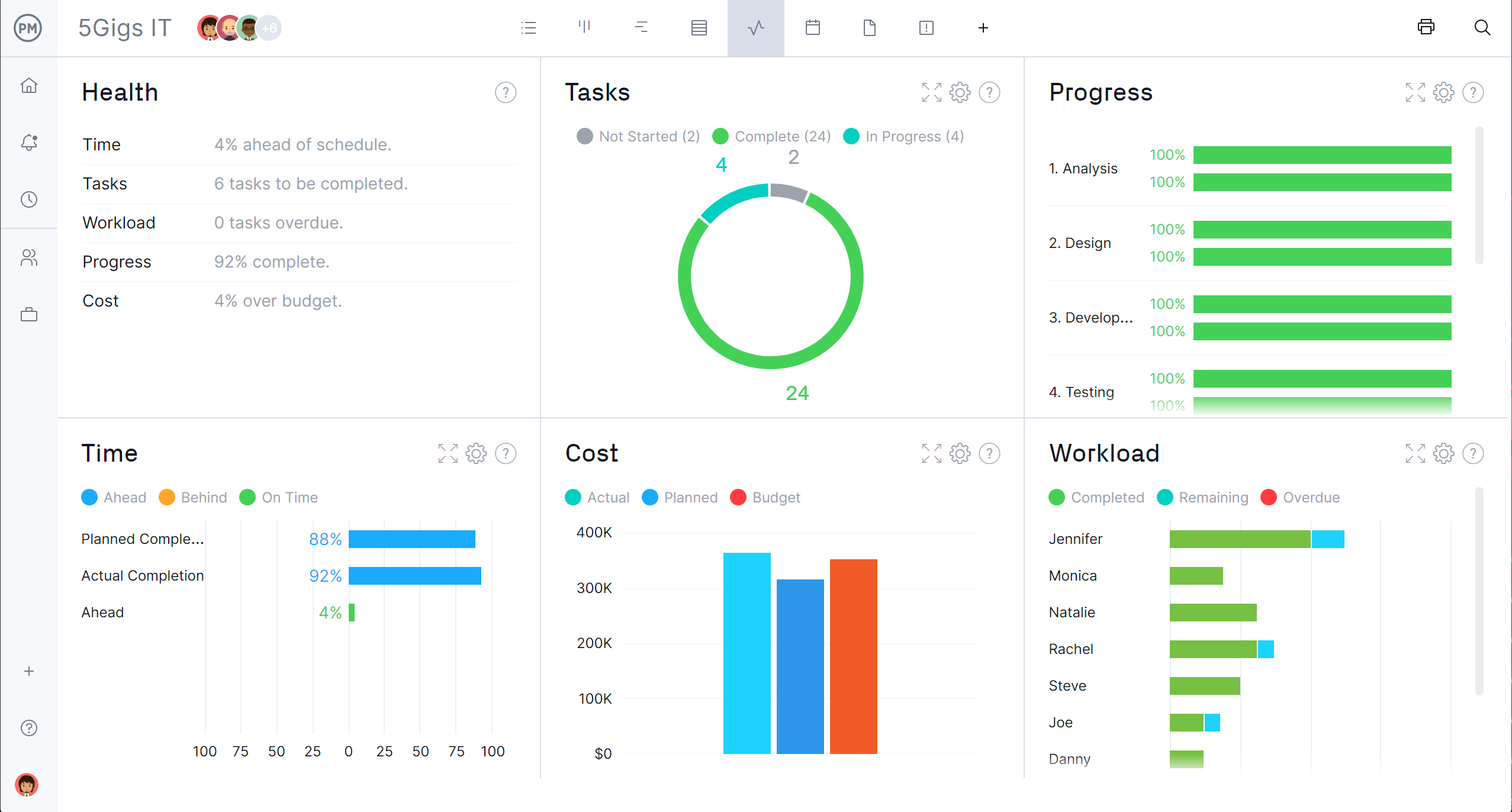
Get Detailed Reports Instantly
Dashboards give you a high-level view of your manufacturing process. For a deeper dive into the data, use our one-click reports. You can generate data on everything from timesheets to workload, status reports and more. All reports can be filtered to show only the data you want to see and then easily shared with stakeholders to keep them updated.
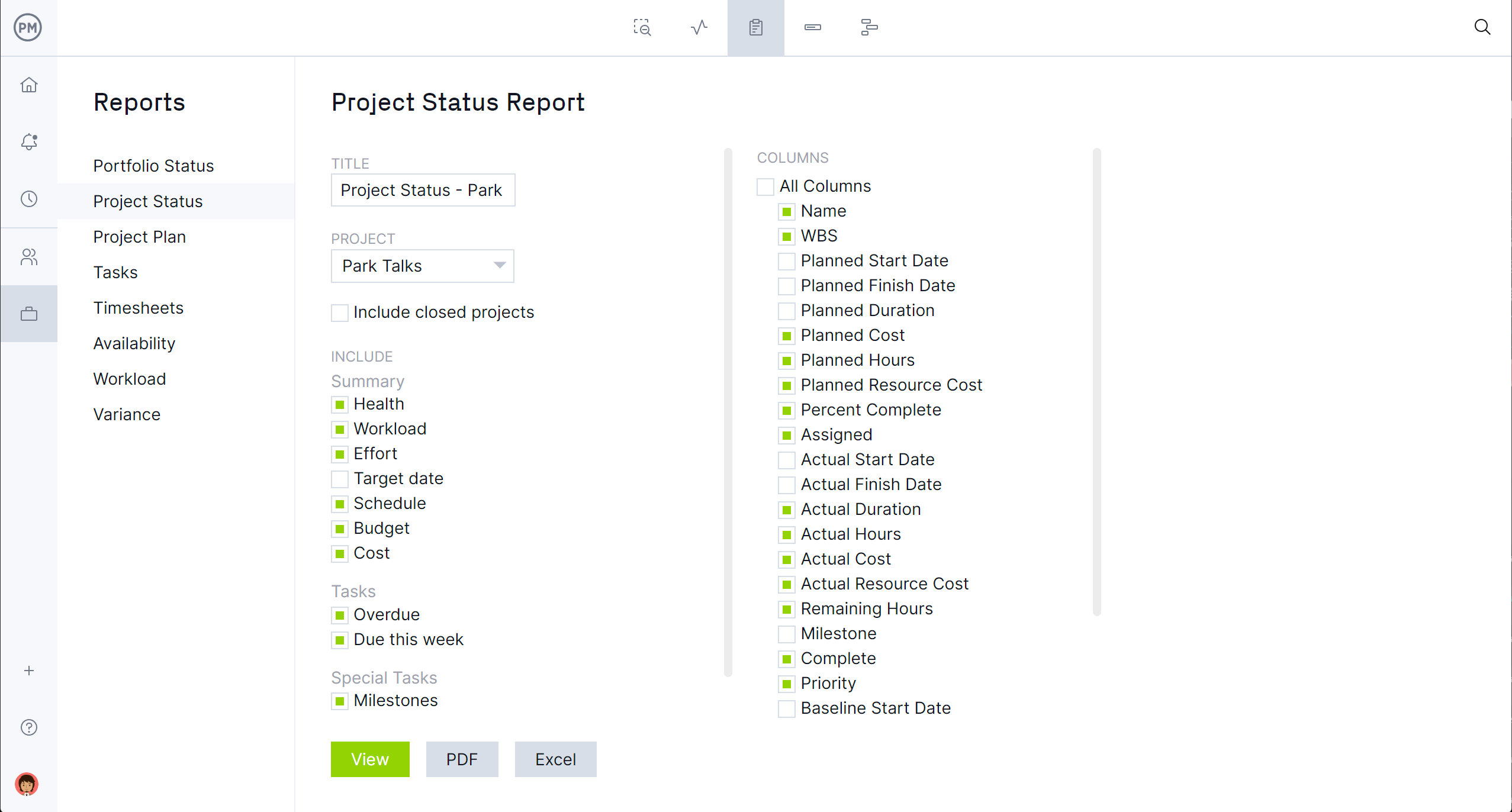
Keep Team Workload Balanced With Resource Management Tools
Manufacturing processes are only as good as the people who are running them. With our resource management tools, you can make sure that your team is working at capacity. Use the color-coded workload chart to see who is doing what and then reallocate resources as needed from the workload chart to balance the workload and boost productivity.
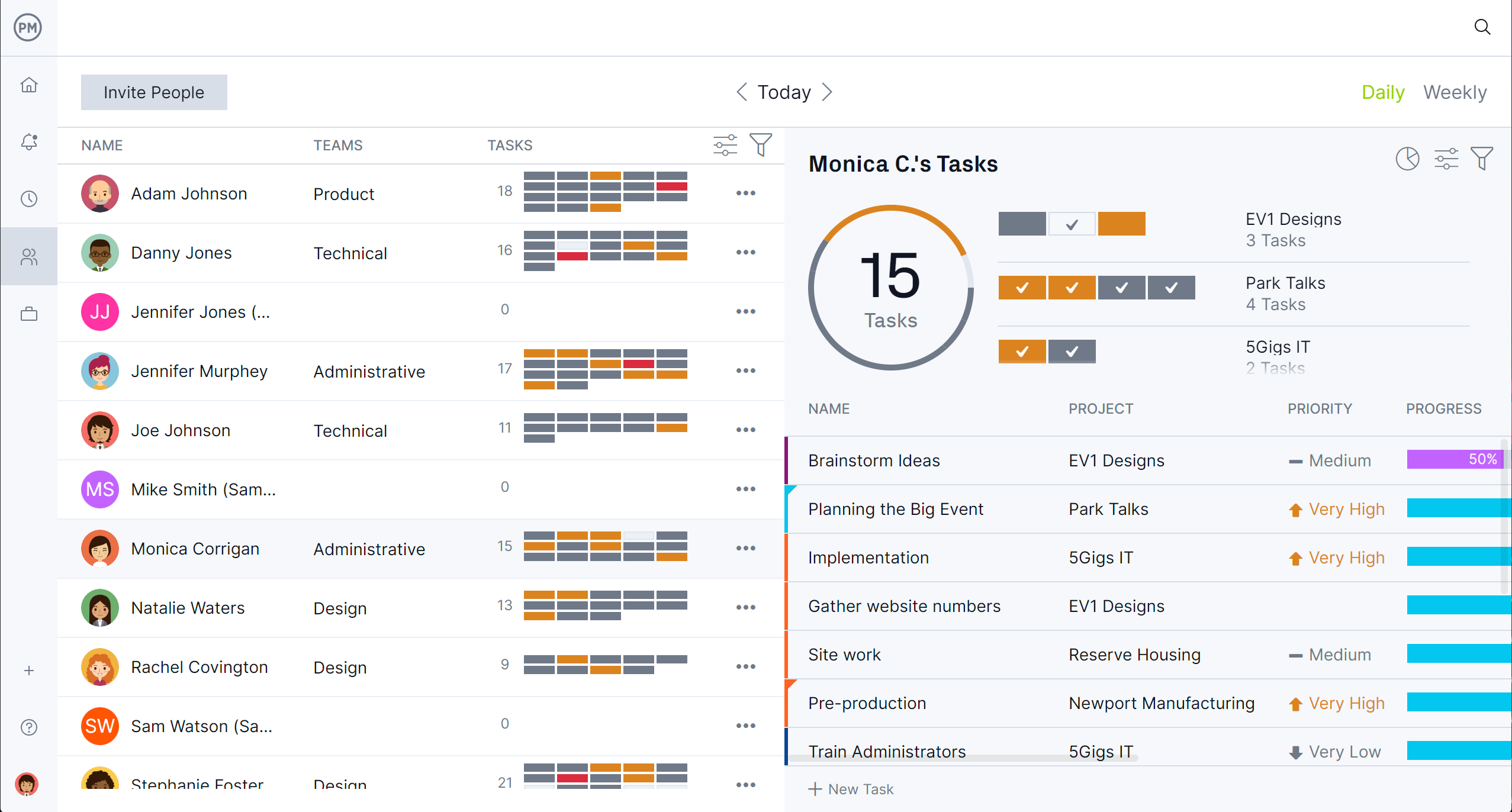
Related Content
- 10 Free Manufacturing Excel Templates
- 10 Manufacturing Key Performance Indicators (KPIs)
- Manufacturing Resource Planning: A Quick Guide to MRP II
- Manufacturing Cycle: A Quick Guide
- What Is Advanced Manufacturing? A Quick Guide
- Just-In-Time Manufacturing & Production (JIT): A Quick Guide
ProjectManager is awarding-winning software for hybrid teams. Our tool is collaborative to the core, connecting everyone, no matter where or when they work. We have one source of truth that means everyone is always on the same page and working better together. Get started with ProjectManager today for free.

